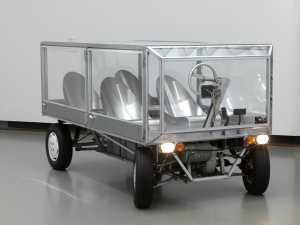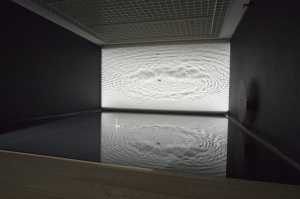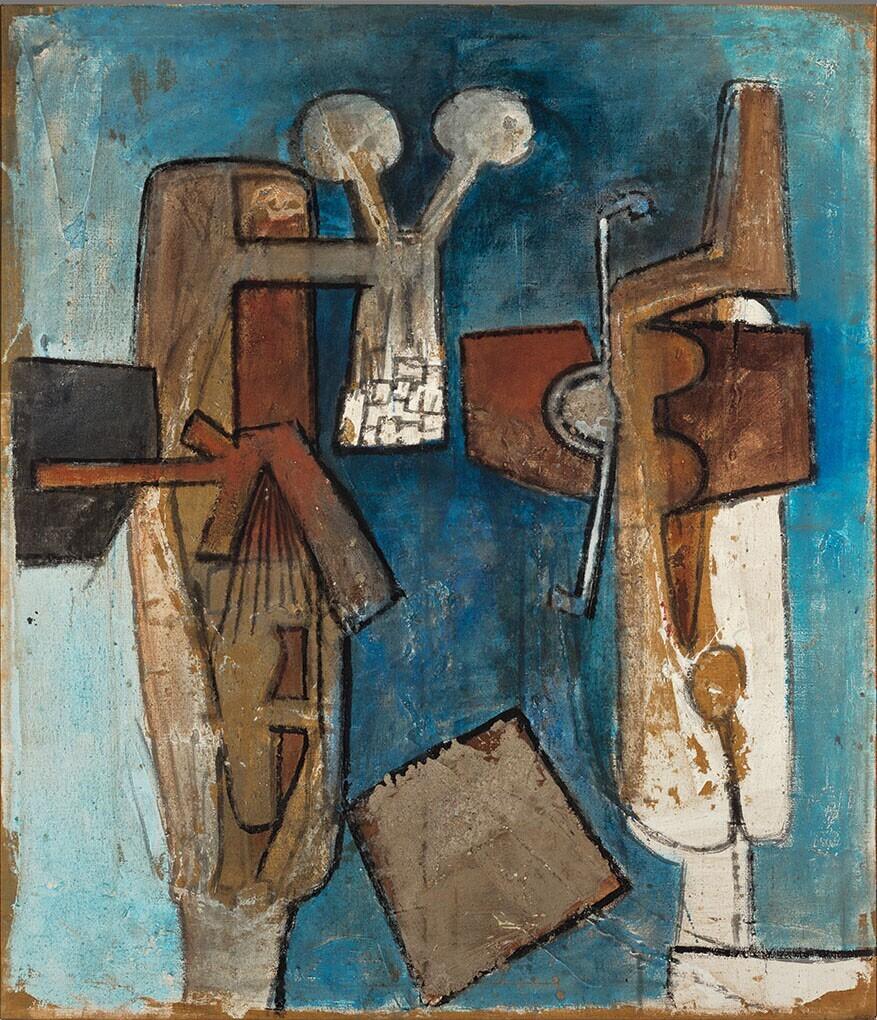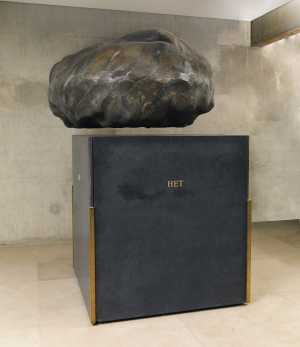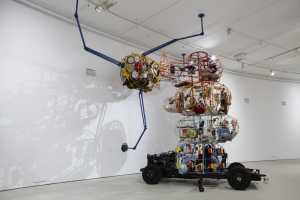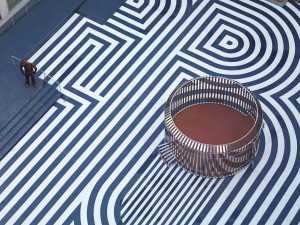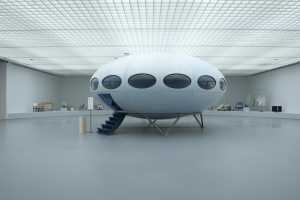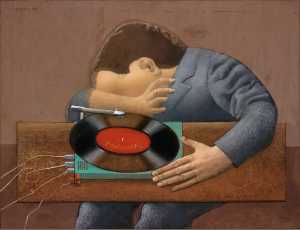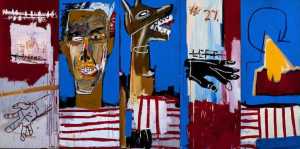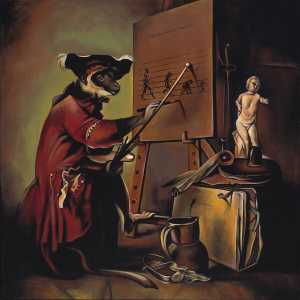Specifications
| Title | Deux personnages debout |
|---|---|
| Material and technique | Oil, sand and plaster on canvas |
| Object type |
Painting
> Painting
> Two-dimensional object
> Art object
|
| Location | This object is in storage |
| Dimensions |
Height 184,5 cm Width 160 cm |
|---|---|
| Artists |
Artist:
Roberto Matta
|
| Accession number | 2701 (MK) |
| Credits | Purchased 1964 |
| Department | Modern Art |
| Acquisition date | 1964 |
| Creation date | in 1961 |
| Provenance | Gallery Gimpel Fils, London 1964 |
| Exhibitions | Zurich 1964; Rotterdam 2010; Rotterdam 2017b |
| Internal exhibitions |
Collectie - surrealisme (2017) |
| External exhibitions |
Dalí, Magritte, Man Ray and Surrealism. Highlights from Museum Boijmans Van Beuningen (2023) A Surreal Shock. Masterpieces from Museum Boijmans Van Beuningen (2023) |
| Research |
Show research A dream collection - Surrealism in Museum Boijmans Van Beuningen |
| Literature | Zurich 1964, cat. no. 20; Rheims 1966, p. 271, fig. 3 |
| Material | |
| Object | |
| Geographical origin | Chile > South America > America |
Do you have corrections or additional information about this work? Please, send us a message





